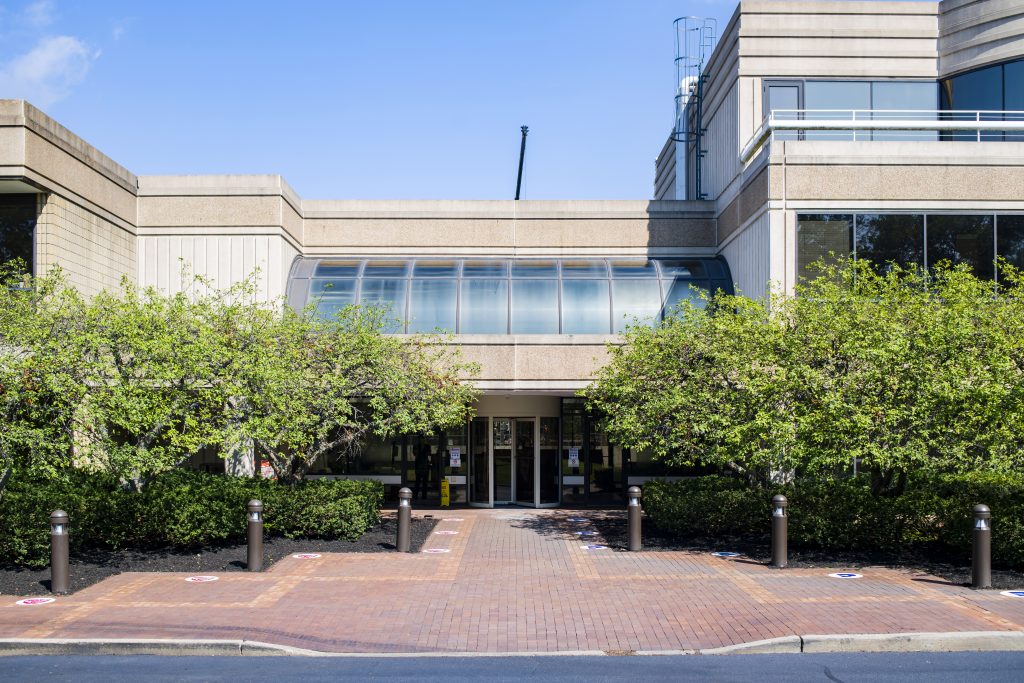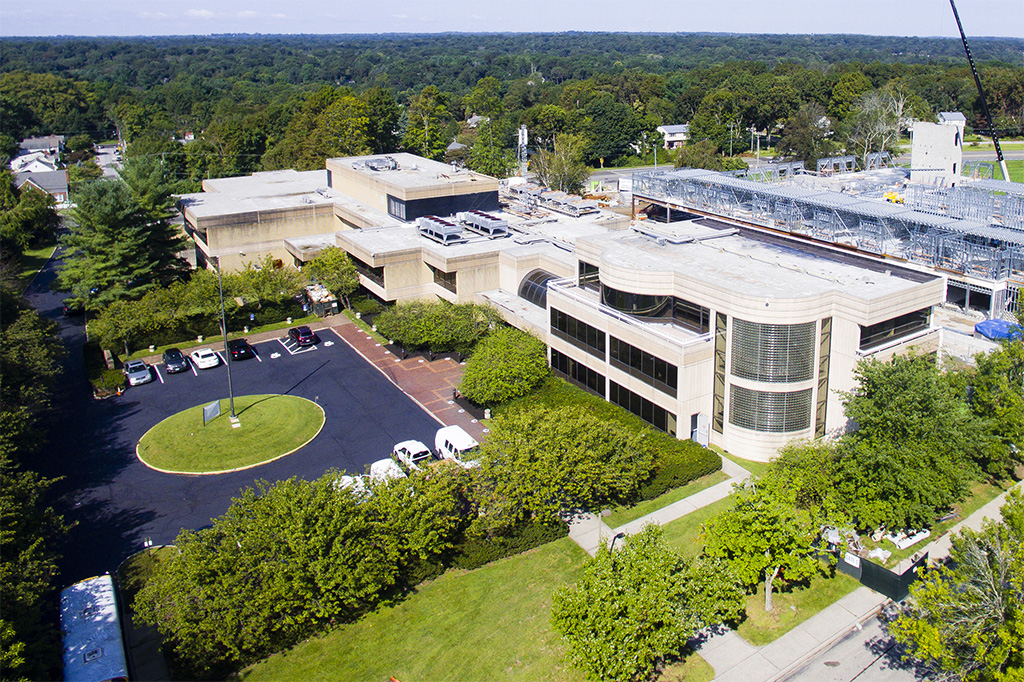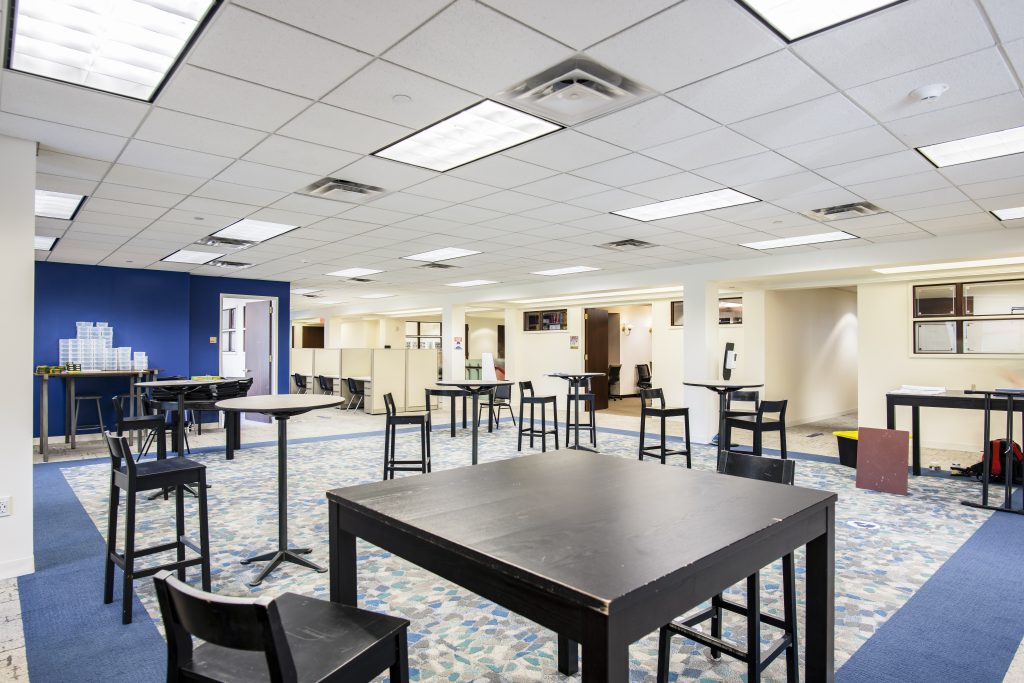
When my husband and I withdrew our son from his public elementary school ten years ago, I left our district public school system deeply scarred by the experience. I left the public school system feeling like the school administrators at our local elementary school, particularly the assistant principal who had charge of the special education program at the school, had lied to me. When they hadn’t lied to me, I felt as if they had done less than tell me the absolute truth, that they had created obstacles and delays whenever possible, and that they had made me feel like my son’s inability to succeed at their school was a failure of my parenting rather than of the school’s failure to provide the appropriate support for him to succeed in that environment.
The administration of the first school that my son attended after public elementary school – the “rebound” school, as I sometimes called it – bore the brunt of this trauma. While that school was far from perfect, I know now with the benefit of hindsight that I entered that experience highly suspicious and unable to trust anything that a teacher or administrator or therapist would say. I had a hard time believing, after my experience in public school, that they had my son’s best interests at heart. It wasn’t until Winston Preparatory School – the second independent special education school that my son attended – that I was able to begin breaking down some of those barriers and building a productive relationship with the school teachers and administrators working on behalf of my son.
The faculty, staff, and administration at The Pinnacle School and Spire School in Stamford know this well. In particular, Charlie Manos from The Pinnacle School knows this well. Charlie sees his mission at Pinnacle as two-fold – serving his students through a consciously designed education program that uses real data to facilitate and support, and bridging the gap of understanding that parents very often bring with them to the Pinnacle School. Pinnacle observes many parents entering the community with a long list of traumas and those experiences – with the school district, teachers, administrators, providers, etc – and seeks to rebuild trust with those parents, as well as act as a bridge to repairing their relationships with the originating school district.
The first step to serving students is building a program that suits each individual student. Many students arrive at Pinnacle and don’t want to be there. They have been traumatized by their previous school experiences and don’t expect the Pinnacle experience to be any better. Pinnacle approaches those students and families in a collaborative, problem-solving way, much like the Ross Greene methodology that is a basis for much of what the school does. As Charlie Manos put it, “We don’t ask for blind faith – we don’t look at a family and say ‘trust us.’ Nor do we look at a family and try to sell the program. We work together to find a structure and support that works for the child.”
I don’t have personal parental experience with Pinnacle or Spire, but this past June I was honored to be their commencement speaker for the two schools’ graduations. What struck me about the graduation ceremony that I witnessed was how well the schools knew those graduating seniors. Each graduating senior from Pinnacle and Spire received a book presented at graduation that reflected that child’s unique interests, strengths, and joys. Each student had a member of the faculty speak individually and personally about each student. It was clear to me, witnessing this ritual and the buildup to it, that the faculty and staff at Pinnacle and Spire cared deeply about each student and moreover, knew them.

One of the most interesting questions I ever heard from a parent – back way before Special Education Legal Fund was a reality – was the question of how long she should give the school to “figure out” her child. How long is long enough? Is it six months, a year? Of course you want to give them enough time to get to know your child and to implement the appropriate program, but as parents you are always conscious of that ticking clock of your child’s educational progress. So how long is long enough? When I asked Charlie this question, which I’ve often asked myself during my son’s educational journey, his response was instructive – it’s not about the time, it’s about the trajectory. In other words, you want to see upward momentum, however small, from the beginnings of the program. It could be something as simple as a child who is willing to get in the car and go to school when before he fought you every step of the way. Do you see a decrease in some of the externalizing behaviors that were your child’s way of expressing his unhappiness at school? Is your child sleeping better at night? Having fewer headaches or stomachaches? Not all changes are going to be the huge, flag-waving kind. Small positive movements are key, as is tracking the data so that you see the incremental change over time.
Data is crucial to this process of understanding your child’s school program and tracking its progress. When a school says give us more time to know him, what does that mean? What is it based on? The student’s program, Pinnacle believes, should be based on science and data above everything else; if there are benchmarks that are not being met, the school and parents need to have an honest conversation about why they are not being met. Data is crucial to the measurement of any school program – public or private – and almost as important as the data is who is taking the data.
One thing that can be really difficult for parents is building a collaborative relationship with their school district. This might seem weird for me to say as the cofounder of Special Education Legal Fund, but one of the things that I stress to parents is the importance of a having a collaborative relationship with your school district. The reality is that most of us who have children in the special education system will have our children in that system for many years. Now there will be times that you may need an advocate or an attorney to get your point across, but very few of us – if any – can afford to have an attorney on retainer or call for the thirteen, fourteen, fifteen years or longer that our child will have an IEP.
This is easier said than done, I know. So many parents have trauma or PTSD or whatever you want to call it when they finally get to the point where their child is at a Pinnacle or a Spire. How do you rebuild that relationship with the school-based team? How do you retrain yourself not to have a trauma-driven response to every communication and interaction with the school-based team? Pinnacle’s role in this, as articulated to me by Charlie Manos, is to defuse that inherent tension and conflict. At first, they are a buffer between the parents and the school district team. By helping defuse the tension, the school is uniquely positioned to help parents communicate more effectively, provide support for parents, and facilitate understanding between all parties.
One of the things that Pinnacle does that I absolutely love is that Charlie Manos attends PPT meetings with the parent. Of course all special education schools will send a representative to the student’s PPT meeting to discuss the program, the student, and how the student is progressing in the program. But to have the head of school attend the meeting with a parent lends an aura of gravitas and importance to the PPT meeting. To have the head of school attend the PPT meeting with the district team shows the district and the parent how important the child’s program is. To have the head of school attend each PPT meeting on behalf of the student gives parents a sense of comfort and reassurance. It says to parents – “We have your back. We will support you. You are not alone.” And finally, to have the head of school attend each PPT meeting helps build (or rebuild) that bridge of trust and respect between the parents, the outplaced school, and the district school team.

As a parent whose child had to traverse many long public school hallways to reach the support he needed in the midst of a crisis or panic attack, school design is integral to the provision of supports and services to a child with particular education needs. Most of our public schools here in Connecticut were designed and built many decades ago. Since that time, education and the provision of education services has advanced many light years but the physical plants of most public schools have remained largely unchanged.
For students with special education needs, school design is a critical component of providing a total milieu of support. Most schools that were built and designed in the past few years have cast a critical eye on design elements and how to use those design elements to support students with varying degrees of need. These supportive design elements can include small nooks for private reflection, studying, or meditation, dedicated staff offices situated around areas where students congregate, and relaxing color schemes designed to promote calm. Fusion Academy Greenwich for example has two student centers designed for gathering; while one is designated the “quiet” center, both have staff desks located prominently in the space for support and help, and on the perimeters of the room as well. While you may not be able to see this in the above photo of Pinnacle’s student lounge, the Pinnacle School and its companion school Spire School are both designed with student need and student support as guiding principles in their new campus at 201 High Ridge Road in Stamford.
I had the unique privilege of touring the new Pinnacle and Spire campuses last spring and was blown away by the thoughtfulness of the design construct for both schools. From the aforementioned student lounges with built-in faculty support to classroom structure and layout, both schools are designed with student support and scaffolding in mind. Of particular note was the Lego wall built into a classroom hallway. Little touches like the Lego wall, nooks to get away from it all, and flexible space allowing for gathering all provide a sense of comfort, support, and belonging to the students of both Pinnacle and Spire.
Much of the time, communication in the special education setting for the benefit of the student is more than a two-way street — it can be a three, four, or even five way intersection where multiple parties must meet, exchange ideas, hear observations, and incorporate what they’ve learned into the student’s educational program. The student must communicate with the school about what is working in his or her plan and how the school can best support his or her needs. Parents need to communicate with their student, the school, and with the IEP team. The school needs to communicate with both parents and students about how to best serve the student’s educational needs and also help the parent communicate with the IEP team on what progress is being made, how to support that progress, and how to set out and meet near, medium and long-term goals. Schools like Pinnacle have communication built into their DNA and can help parents rebuild a collaborative and productive relationship with their district partners. Schools like Pinnacle also utilize the communication skills that are part of their DNA to rebuild trust relationships between students and schools and, in many cases, help facilitate a return to a more traditional educational setting.
This piece is the third in our series “Special Education Schools: Getting Past the Sticker Shock.” This series, which will continue for the balance of the 2021-2022 year, is intended to highlight the differences between independent special education programs and give parents a sense of what makes each program unique, and what lies behind statistics like student-teacher ratio and “behind the sticker.” The schools highlighted in this series represent a wide range of special education independent schools in Connecticut and New York; each school serves specific and particular profiles of learners and may not be appropriate for all students with special education needs.